If you want to see polar bears in the summer, we have to start early. There’s a lot of prep work to be done!
Our preseason to-do list is long, detailed and designed with one goal in mind — to create once-in-a-lifetime polar bear viewing experiences for our guests.
Starting in February and following the Den Emergence Quest in March at Nanuk Polar Bear Lodge, flights have to be organized and booked for guests, staff and freight. There’s always something needed in the Arctic, and if you forget an item there’s no making a quick trip to the store. There are no roads in polar bear country.
Thankfully, Doug Webber, the patriarch of the Reimer-Webber family, also often flies in supplies. And let’s not forget about our construction crews either. We’re always building, bettering or renovating one of our lodges before the season opens.
Our annual cat train over the Hudson Bay sea ice during the spring helps us get tens of thousands of pounds of major renovation supplies, mechanical parts, plumbing, solar heating, power and operational equipment to the lodges, and then there are the little things needed to put on the final cozy touches and take the culinary experience from ordinary to fabulous.
We try to buy as much as we can in Churchill. The small, mostly seasonal community needs the support of the operators that utilize it and we’re happy to support the local economy. We’ll also soon be getting more fresh produce from our new Arctic Organics project.
Before anything can be flown into the lodges, a preseason flyover is done to make sure the runways and landing strips are clear and the water levels are good. Adjustments are made accordingly and then the groundwork at the lodges begins.
Wildlife and weather damage checks have to be made, as anything can happen during the harsh Arctic winters. Polar bear shutters are taken down and electric and bear safety fences have to be checked and rechecked. Guest, staff and polar bear safety procedures and protocols are a top priority at all our lodges.
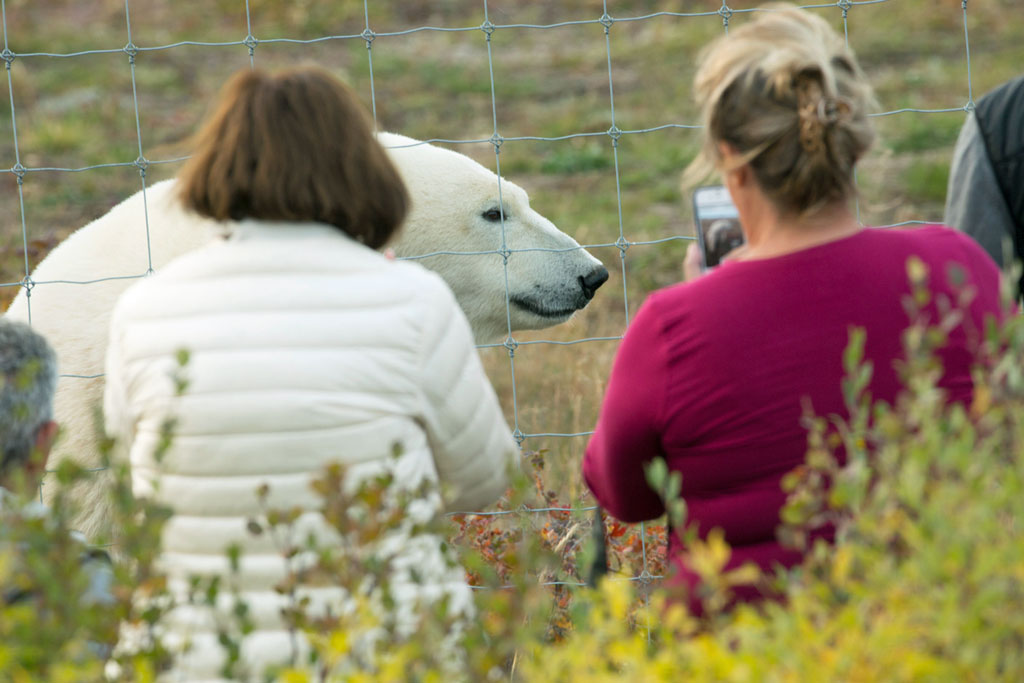
Polar bear safety procedures and protocols are a top priority at Churchill Wild. Robert Postma photo.
Once all safety systems have been checked, the lodges have to be aired out and the sustainable power systems (primarily solar) that store the electricity used for cooking, lights, electrical outlets, computer systems, appliances etc. have to be in working order.
Startup maintenance is performed on the generators used for backup emergency power and heating systems, and wood fireplaces and stoves are made operational. Then it’s on to the water systems.
Depending on the lodge location, water is either hauled or pumped in from local spring-fed lakes and then run through state-of-the-art filtration systems. Water and plumbing systems are examined and environmentally sustainable sewer systems are also checked for any maintenance issues.
Now that the lodges are comfortably inhabitable, transportation equipment and communications systems must be made operational. Transportation-related equipment includes 6-wheelers, rhinos, ATVs, boats, tractors and CATs. Communications systems include satellite Internet, voice over IP, GPS systems and satellite phones.
Now it’s time to roll up our sleeves!
Staff is brought up to speed on their different roles, especially with regards to customer service, and a game plan is made for the arrival of the first groups of guests. A massive deep clean is performed on all rooms, kitchens, washrooms, laundry rooms, washers and dryers. Fire safety equipment including extinguishers, smoke alarms, water pumps, hoses and water hauling systems are checked.
Almost ready for guests!
Polar bear deterrents including screamers, crackers, bear spray and firearms are examined and made operational, and rubber boots, personal flotation devices, parkas, jackets and other necessary clothing items are checked. Then it’s time for a few preseason excursions.
Staff cannot go outside the lodge compounds without polar bear guides and deterrents, but outside excursions are organized for safety, sanity, customer service and just plain fun. These excursions also help any new staff understand the landscapes, locations and wildlife unique to each lodge.
Guides also go out on their own to check their traditional routes for signs of wildlife and for any damage that might prevent the tundra rhinos, 6-wheelers and Zodiacs from traversing them. Similar basic routes are followed every season in an effort to protect the delicate tundra landscape.
Finally, we’re ready for guests, wildlife and polar bears!
When most people start researching a trip to see polar bears in Canada, they usually discover the traditional polar bear viewing months of October and November in Churchill, Manitoba, but at Churchill Wild’s remote fly-in ecolodges on the Hudson Bay coast, our guests actually start seeing polar bears in the middle of July, shortly after these grand carnivores come off the ice.
There’s nothing more exciting than seeing your first polar bear of the season. It never gets old. And this is the time of year when the bears are often “just-off-the-ice” pure white and gorgeous.
To get to our polar bear lodges, you have to fly out of Churchill and into two vastly different ecosystems along the Hudson Bay coast. Both Seal River Heritage Lodge and Nanuk Polar Bear Lodge are members of the National Geographic Unique Lodges of the World collection and both are located deep in the heart of polar bear country, directly in the path of the polar bears as they travel up and down the coast.
It should be noted that seeing polar bears at ground level is not like being dropped into the middle of a massive wildlife migration in Africa. Polar bears generally travel alone along the coast, or in small family groups, and they keep quite a distance from each other unless there is a large whale carcass or something else similar to feed on.
Seal River Heritage Lodge is located 60 km north of Churchill near the Seal River estuary and is the first of our lodges to open up for Birds, Bears and Belugas in mid July. Nanuk Polar Bear Lodge is located 250 km southeast of Churchill near York Factory and opens in late July for our Arctic Discovery, followed by the Hudson Bay Odyssey, which runs through late September.
The Summer Dual Lodge Safari offers guests the chance to experience the best of both lodges and takes place from mid August to early September, followed by the Arctic Safari, which features two nights in our remote Tundra Camp on the Barren Lands followed by four nights at Seal River Heritage Lodge.
Our summer polar bear safaris are followed by the Wildlife and Wellness and Wading Wild safaris in the third week of September and the Fall Dual Lodge Safari in October, a time of year that is often highlighted by vibrant fall colours.
Snow usually arrives in October and November, just in time for the Polar Bear Photo Safaris at Seal River and Nanuk and the Great Ice Bear Adventure at Dymond Lake Ecolodge.
At Seal River Heritage Lodge, the majority of our polar bear excursions are accomplished on foot. At Nanuk Polar Bear Lodge, vehicles are used to get to within a reasonable distance of polar bears, after which guests travel on foot with their guides to meet the planet’s largest land carnivore, face-to-face, at ground level.
At Dymond Lake Ecolodge, all polar bear trekking is done on foot, which has always been our preferred mode of travel. Not only is it kinder to the environment, it also offers a more intimate connection with the wildlife.
Walking with polar bears, is an experience you will never forget.

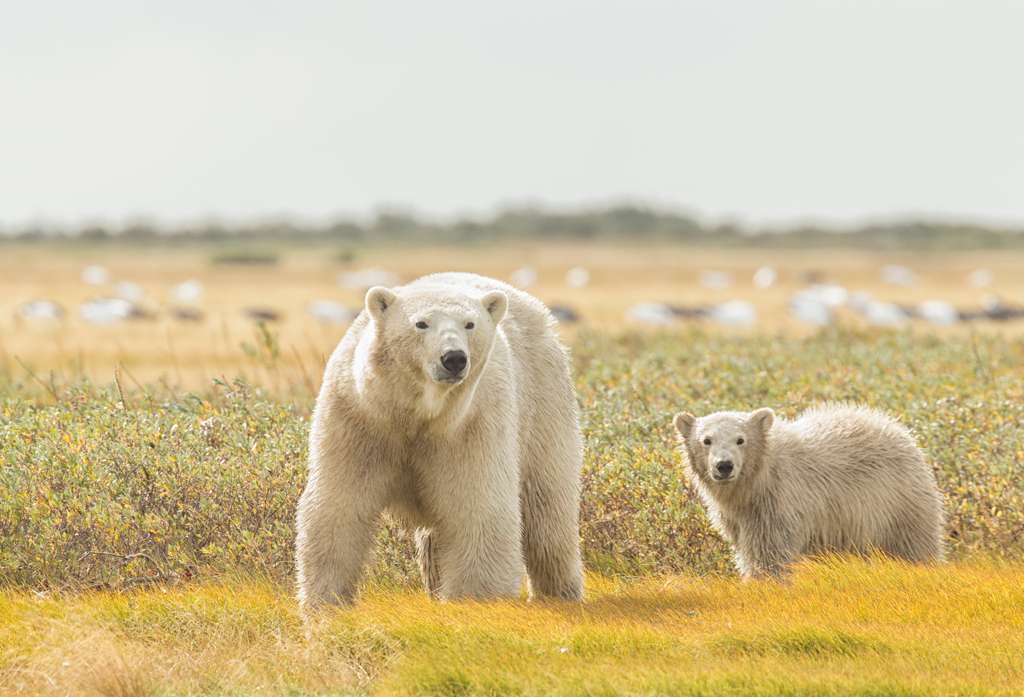
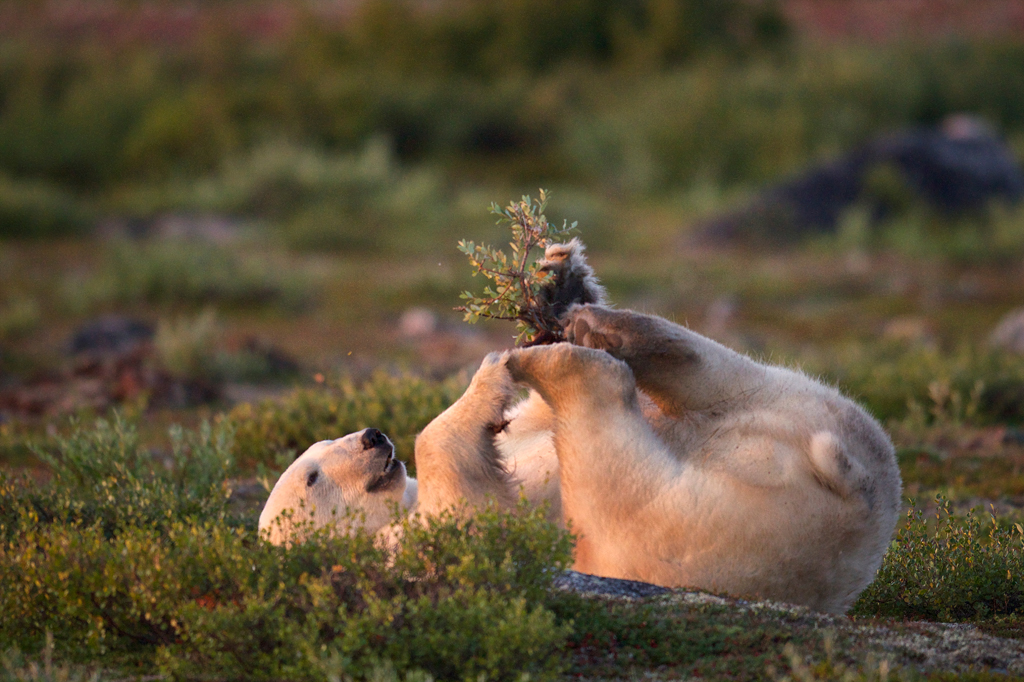

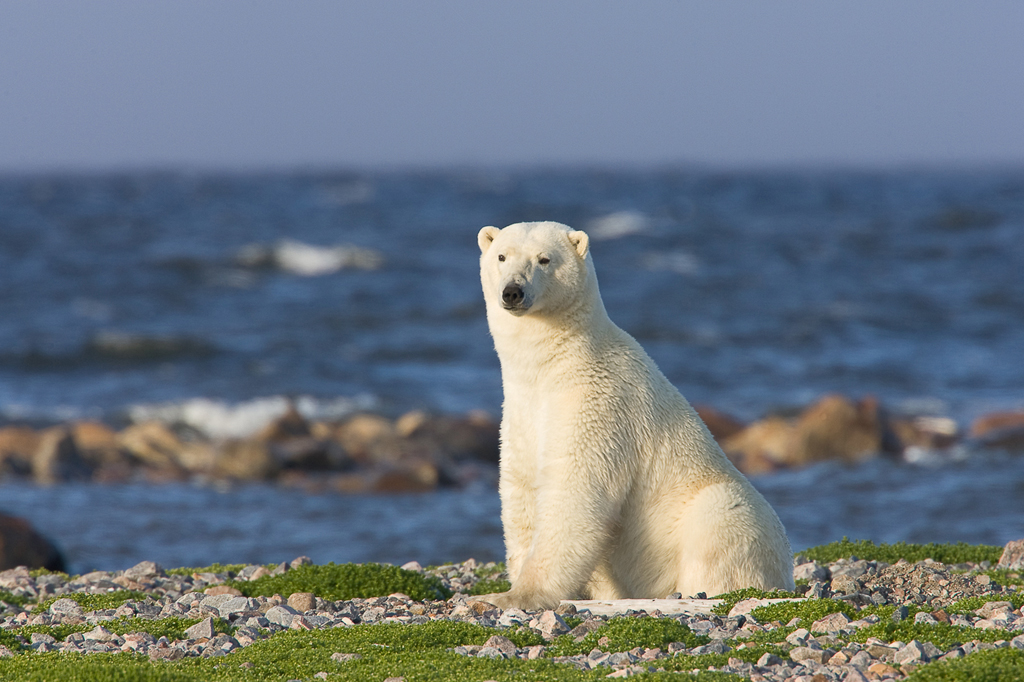
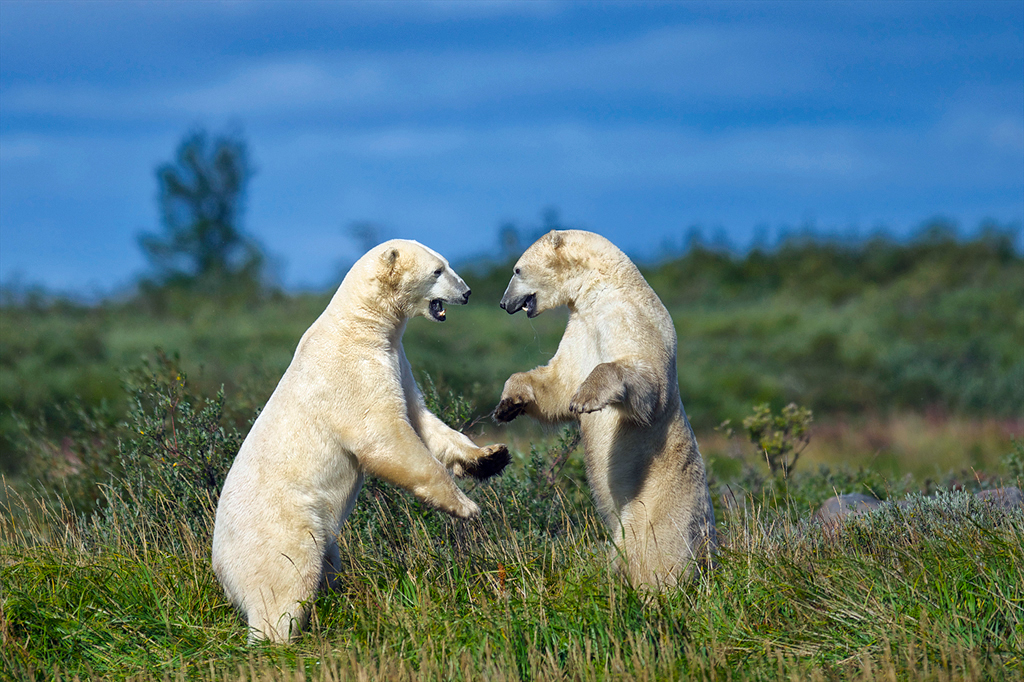








Do you have any one or two day packages in June, 2019 for four adults?
Hi Marie, sorry but our polar bear tours and safaris don’t start until July and we don’t offer any two-day packages. You can see all of our packages here: https://churchillwild.com/polar-bear-safaris/polar-bear-safaris-overview/
Hi.
In Russia and other places Polar Bears are starving and move to towns in search of garbage for food.
I wonder you could help…… Them.
Frederica
Argentina
federicaitalia7@gmail.com